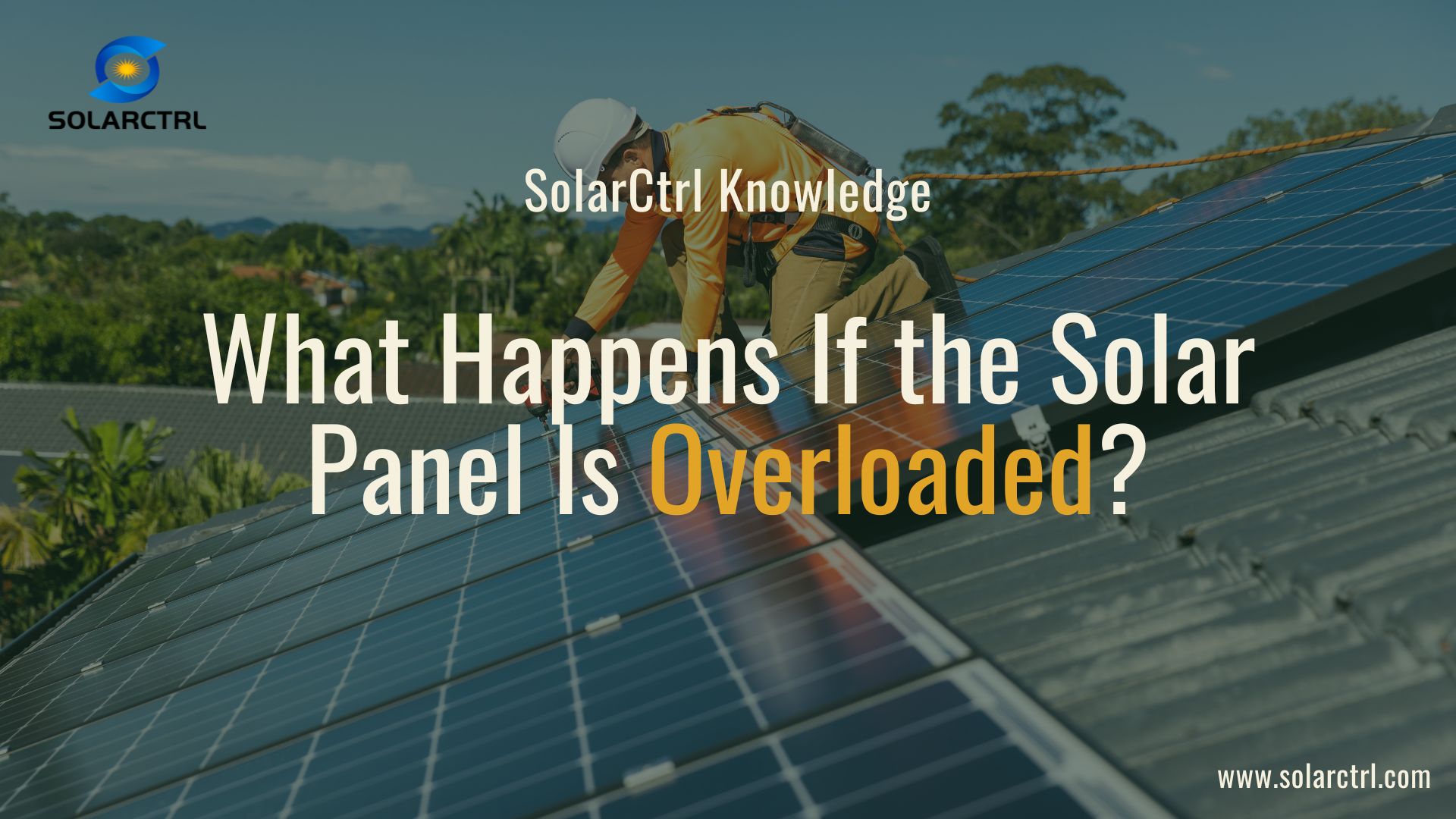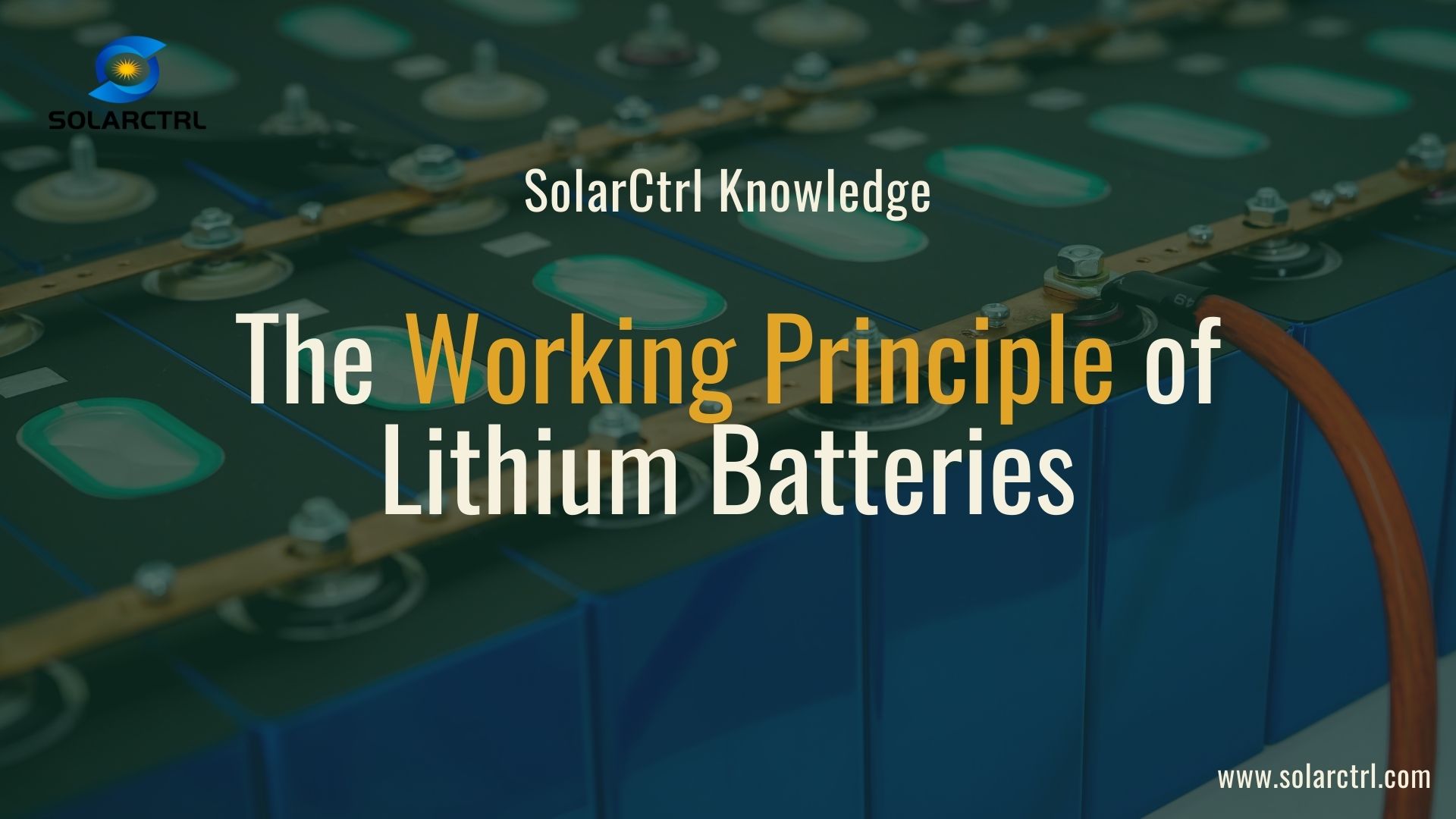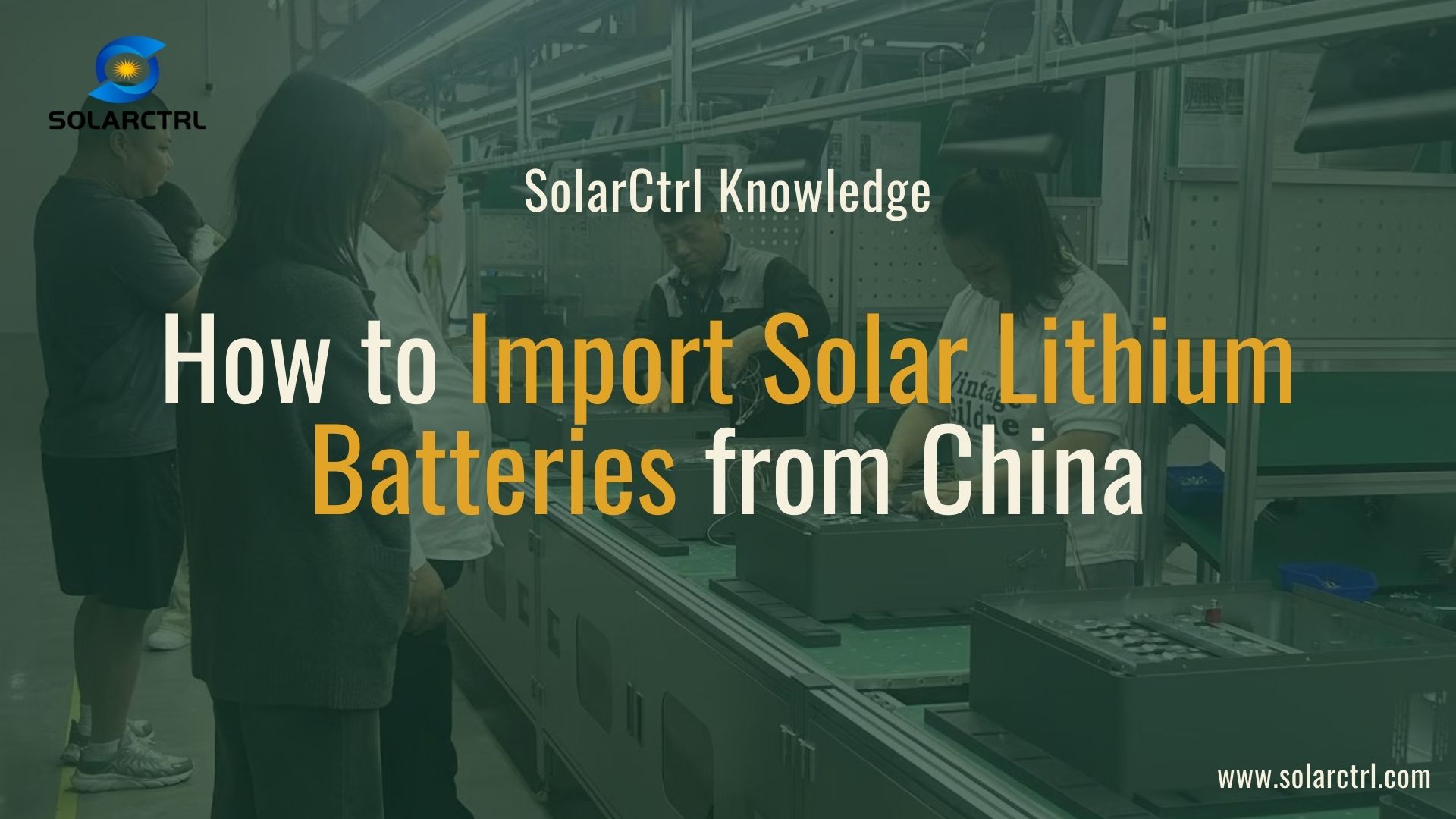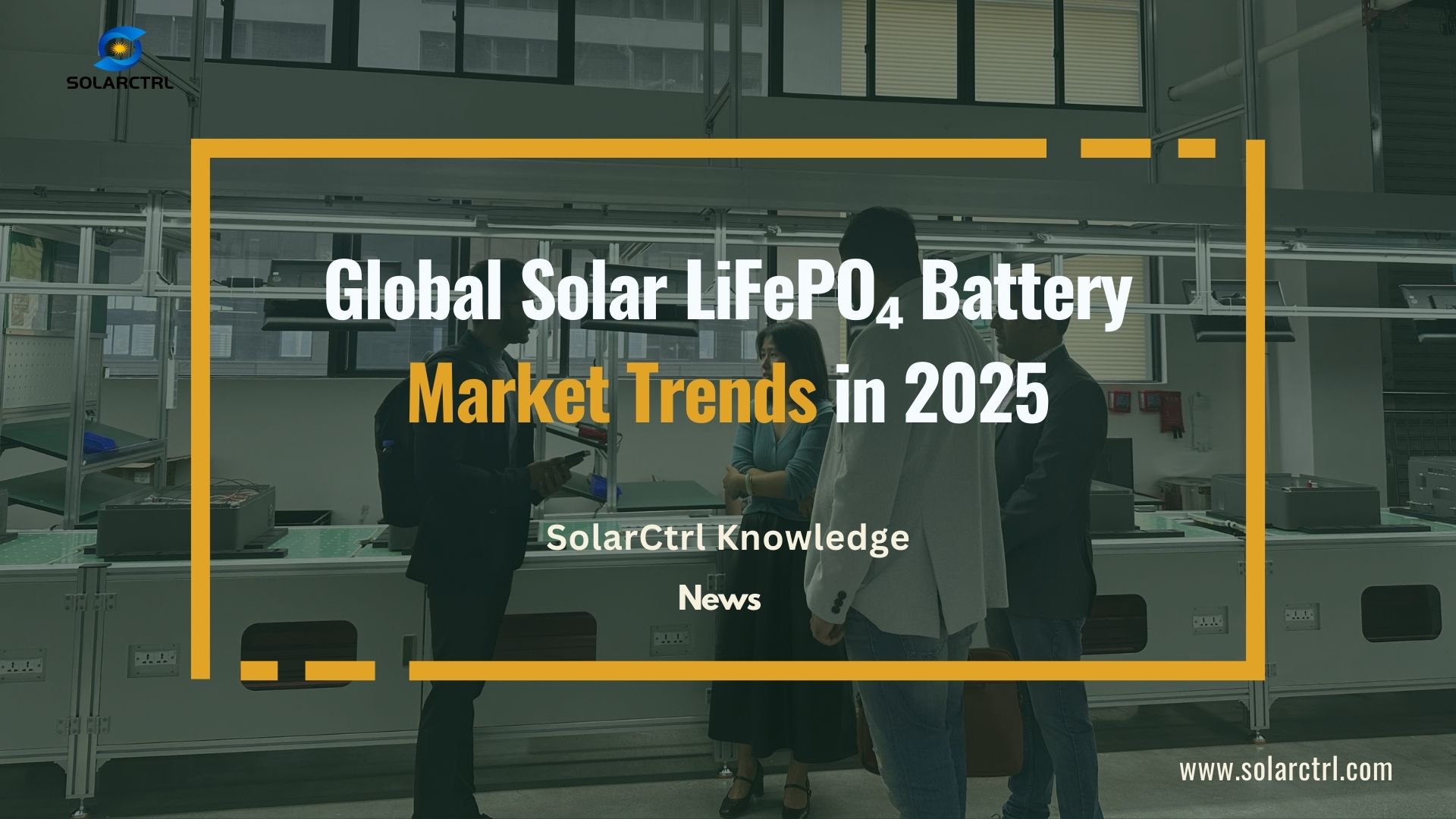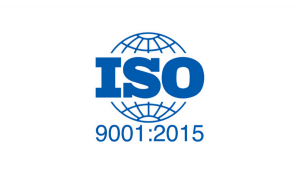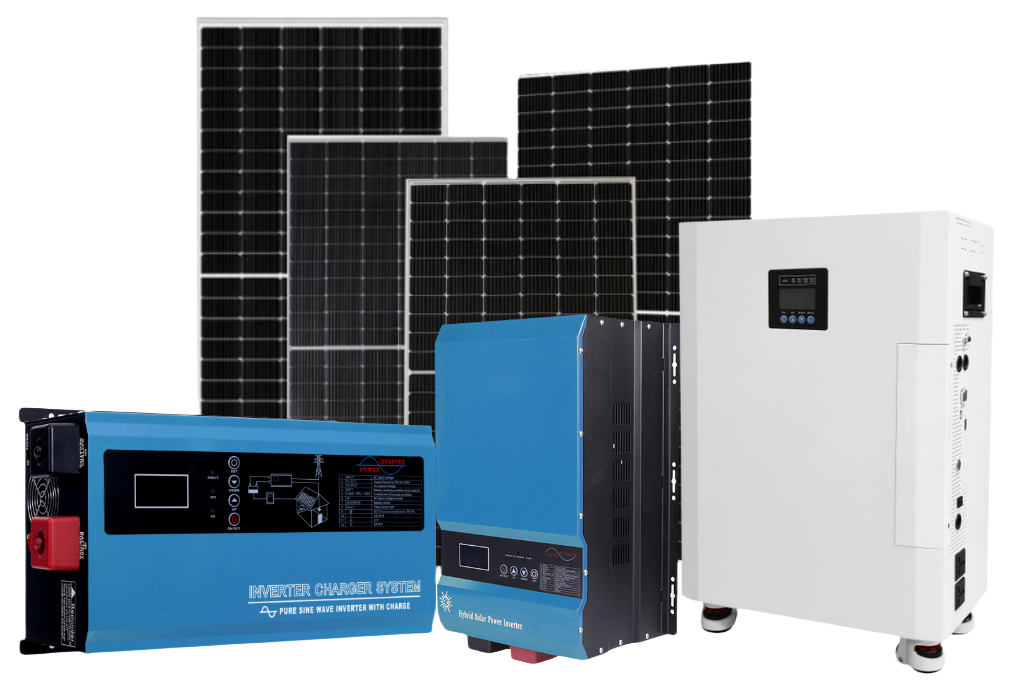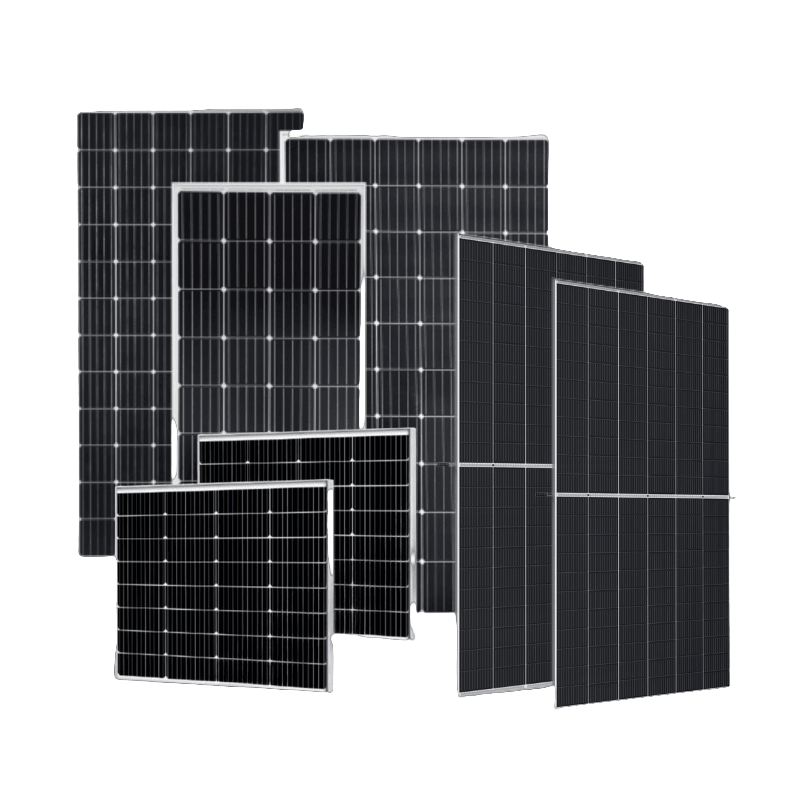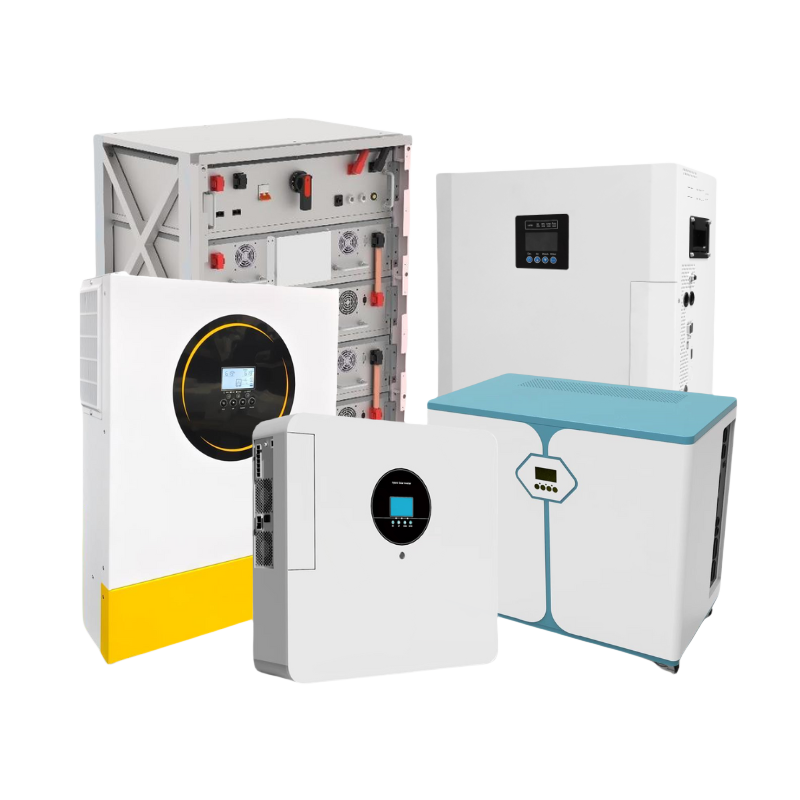Overloading a solar panel system can cause problems, like reduced efficiency, potential system shutdowns, and a shorter lifespan for your equipment. During peak sunlight, if the panels make more electricity than the system can handle, it can cause “clipping,” where extra energy is lost, which affects how well the system works.
This article will explore the risks of overloading, the impact on system efficiency, and what homeowners, professionals, and end-users can do to prevent potential issues.
1. Understanding Solar Panel Overloading
To understand what it means to overload a solar panel, you first need to know how solar panels work. A solar panel turns sunlight into electricity using the photovoltaic (PV) effect. The amount of electricity a solar panel can make depends on how it’s made, including how much power it’s rated to make, which is usually measured in watts (W).
Overloading occurs when a solar panel is forced to handle more electricity or power than it is designed for. This can happen in two primary ways:
- Electrical Overload: This occurs when the connected load or devices draw more power from the solar panel than it can supply.
- Thermal Overload: This happens when the solar panel generates more heat than it can dissipate, usually due to environmental factors such as high ambient temperatures or inadequate ventilation.
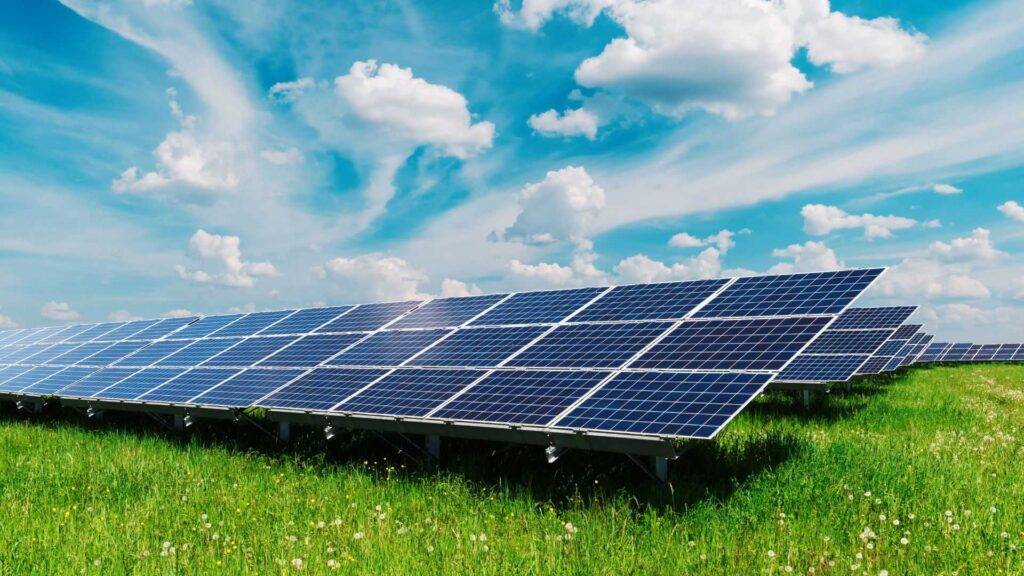
2. Potential Consequences of Overloading Solar Panels
Overloading a solar panel can lead to several adverse effects, ranging from minor inefficiencies to severe damage. These effects include:
2.1 Reduced Efficiency and Performance
When a solar panel is overloaded, it can’t handle the extra power demand, which forces it to operate outside its optimal performance range. This means it loses a lot of efficiency because it starts to waste more energy as heat instead of turning it into electricity.
This heat buildup not only reduces the panel’s energy production but also stresses its parts, which can cause them to wear out faster. Thus, the whole system makes less energy, wasting potential energy and not getting as much out of your investment.
2.2 Increased Heat Generation
When a solar panel is overloaded, it must work beyond its designed capacity, which results in excessive heat generation. Solar panels are engineered to function within a particular temperature range to ensure optimal performance and longevity. However, when this temperature range is exceeded due to overloading, the risk of thermal damage escalates.
Continuous exposure to elevated temperatures can deteriorate the panel’s materials, such as the photovoltaic cells and encapsulants, leading to microcracks, delamination, and other structural issues. Over time, this thermal stress shortens the panel’s lifespan, reduces its efficiency, and ultimately compromises the overall reliability of the solar energy system.
2.3 Damage to Solar Cells
Solar cells within a panel are finely tuned components, designed to convert sunlight into electricity with high precision. However, when subjected to electrical overloading, these cells experience excessive stress, leading to overheating. This intense heat can cause the delicate materials in the cells to expand and contract irregularly, resulting in cracks or even complete burnout.
Once a solar cell is damaged, its capacity to generate electricity is permanently diminished, and the overall efficiency of the panel suffers significantly. In severe cases, the damage can cascade through the panel, leading to a total failure, necessitating costly repairs or replacements.
2.4 Potential Fire Hazard
In extreme situations, thermal overload poses a serious fire hazard, especially in large-scale solar installations where multiple panels are interconnected in series or parallel. When these panels are overloaded, excessive heat builds up, which can ignite flammable materials in the vicinity or cause insulation to degrade.
This risk is heightened by faulty connections, substandard wiring, or poor thermal management practices, which can create hotspots or electrical arcs. If unchecked, these conditions can lead to fires that rapidly spread through the system, causing catastrophic damage, endangering lives, and leading to significant financial losses. Proper installation and regular maintenance are critical to mitigating this risk.
2.5 Inverter Malfunctions
Inverters play a crucial role in solar power systems by converting the DC electricity generated by solar panels into AC electricity used by most appliances. However, in the event of overloading, the inverter can be severely impacted. Each inverter is designed with specific input voltage and current limits, and when these thresholds are exceeded due to overloading, the inverter is forced to handle more power than it is built for.
This can lead to overheating, triggering malfunctions or even automatic shutdowns as a protective measure. While these shutdowns prevent damage to the inverter, they also interrupt the entire system’s operation, affecting the overall energy output and efficiency.
2.6 Reduced Lifespan of the Solar System
Continuous overloading has a detrimental impact on the lifespan of a solar energy system. When the system is regularly pushed beyond its design specifications, every component—from solar panels to inverters and wiring—experiences accelerated wear and tear. This constant stress leads to premature degradation, increasing the likelihood of component failures.
As a result, the system requires more frequent maintenance, repairs, and replacements, which not only disrupts energy production but also drives up operational costs. Over time, the cumulative effect of these issues significantly shortens the overall lifespan of the system, diminishing its long-term return on investment and reliability.
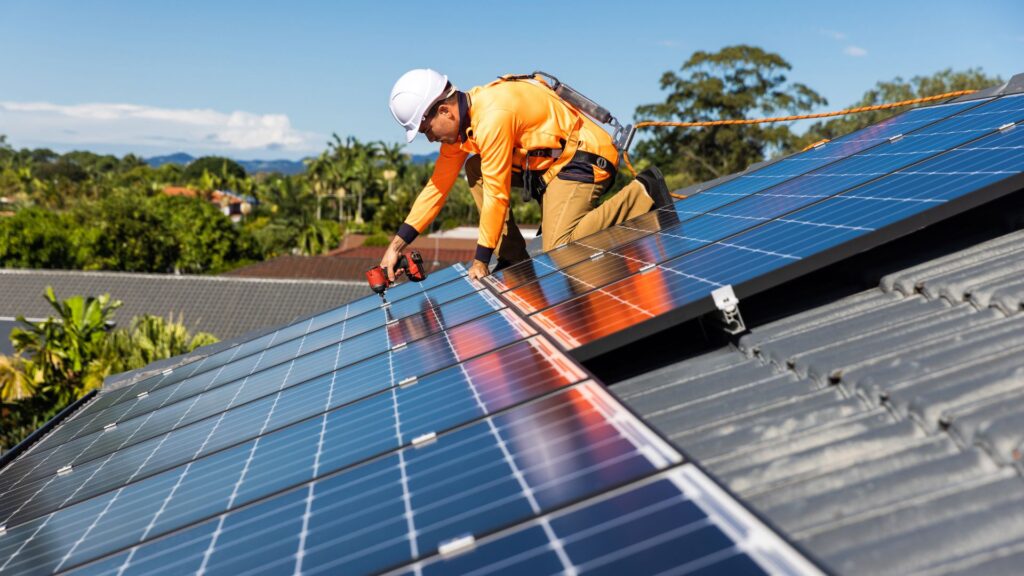
3. How to Prevent Solar Panel Overloading
Preventing solar panel overloading is essential for maintaining the longevity and efficiency of a solar energy system. Here are some strategies that can be employed:
3.1 Proper System Sizing
The most effective way to prevent overloading is to ensure that the solar panel system is appropriately sized for the intended load. This involves calculating the total energy consumption of all connected devices and ensuring that the system’s capacity exceeds this demand, with some margin for safety.
3.2 Use of Quality Components
High-quality solar panels, inverters, and other system components are less likely to fail under stress. Investing in reliable equipment with proper certifications can reduce the risk of overloading and its associated consequences.
3.3 Adequate Ventilation and Cooling
Proper thermal management is crucial for preventing thermal overload. This can be achieved by ensuring that the solar panels are installed to allow for adequate airflow and heat dissipation. In some cases, active cooling systems may be necessary, especially in environments with high ambient temperatures.
3.4 Regular Maintenance and Monitoring
Regular inspections and maintenance can help identify potential issues before they lead to overloading. Monitoring systems that track the performance of solar panels in real-time can alert operators to abnormal conditions, allowing for prompt corrective action.
3.5 Circuit Protection Devices
Installing circuit protection devices such as fuses, breakers, and surge protectors can safeguard against electrical overloads. These devices are designed to interrupt the flow of electricity if it exceeds safe levels, thereby preventing damage to the panels and other system components.
3.6 Load Management
Implementing load management strategies, such as staggering the operation of high-power devices or using energy storage systems, can prevent sudden spikes in demand that could overload the system. Energy storage systems, like batteries, can absorb excess power and release it when needed, smoothing out demand and supply.
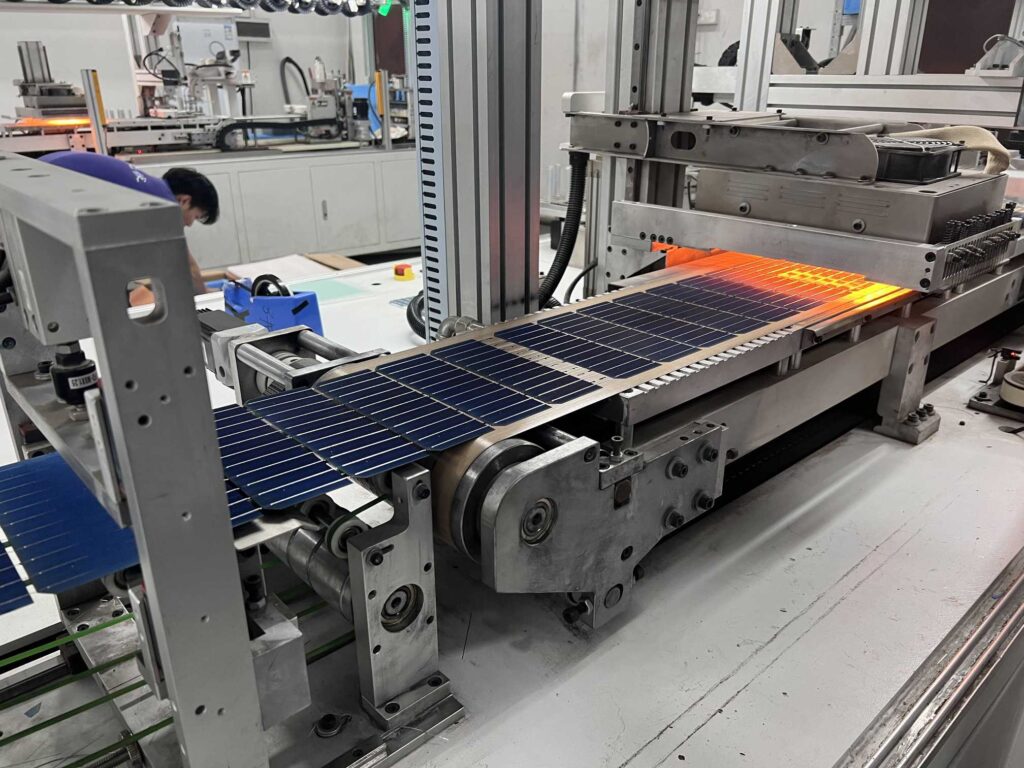
4. Role of System Design in Mitigating Overload Risks
System design plays a pivotal role in preventing and managing solar panel overloads. A well-designed solar energy system takes into account the following factors:
4.1 Environmental Considerations
The installation location’s climate, weather patterns, and ambient temperatures should be considered during the design phase. This ensures that the panels are suited to their environment and that adequate cooling and protection measures are in place.
4.2 Scalability and Flexibility
Designing the system with scalability in mind allows for future expansions without risking overload. This might involve installing larger capacity inverters or using modular panels that can be easily added to the system as demand grows.
4.3 Redundancy and Safety Margins
Incorporating redundancy and safety margins into the design can prevent overloading. For example, slightly oversizing the system or using inverters with higher capacities than immediately necessary provides a buffer against unexpected demand spikes.
4.4 Customizing for Specific Application
Different applications have different power requirements and risk profiles. For instance, industrial systems may require more robust components and greater redundancy than residential systems. Tailoring the design to the specific use case can reduce the likelihood of overloading.
4.5 Integration with Smart Technologies
Integrating the solar system with smart technologies, such as energy management systems (EMS) and smart inverters, can enhance control over power distribution and load balancing. These systems can automatically adjust settings to prevent overloads and optimize efficiency.
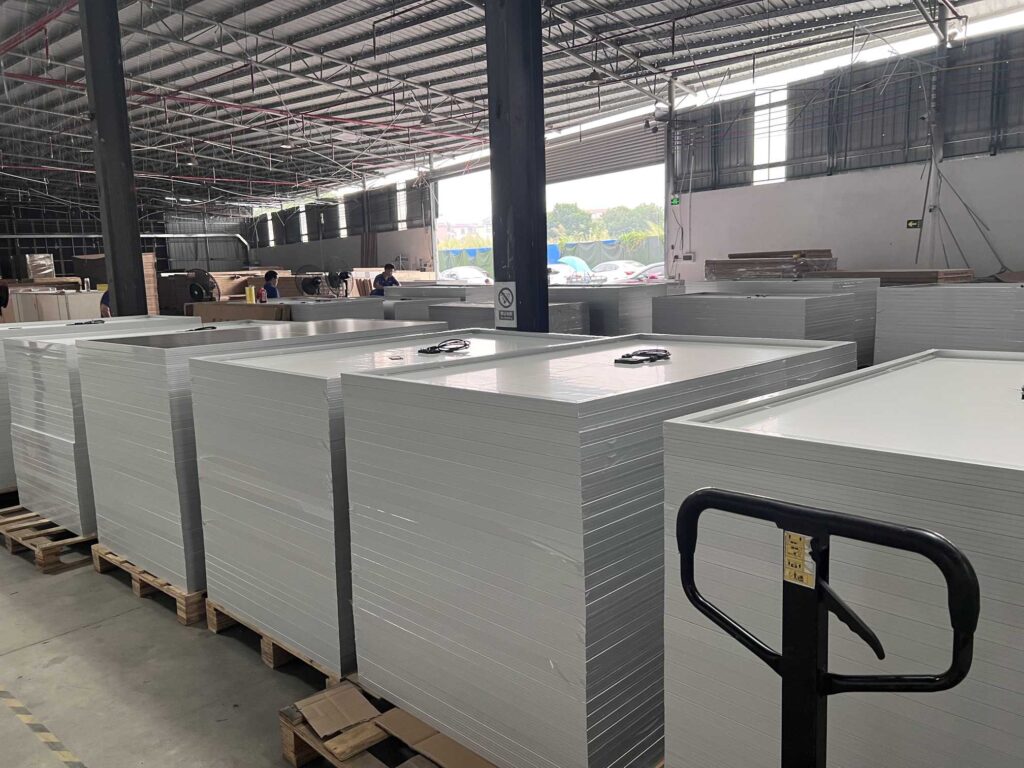
Conclusion
Overloading solar panels can have serious consequences, from reduced efficiency to potentially dangerous situations like fires. However, with proper system sizing, quality components, adequate thermal management, and smart design, these risks can be effectively mitigated.
At SolarCtrl, we specialize in providing high-quality solar energy solutions that are designed to withstand the challenges of demanding environments. Our products are built with the latest technology, ensuring durability, efficiency, and safety. Whether you’re looking to expand your solar capacity or ensure the reliability of your existing system, our team is here to support you with expert guidance and top-tier products.
Take the next step in securing your solar energy system’s future. Contact SolarCtrl today to learn how we can help you optimize your solar power solutions and prevent the risks of overloading.
FAQs
1. What causes a solar panel to overload?
Overloading happens when the system demands more power than the solar panels can supply. This can result from incorrect system sizing, excessive energy consumption, poor-quality components, or inadequate thermal management that prevents proper heat dissipation.
2. What are the signs of an overloaded solar panel?
Indicators of overloading include noticeable drops in system efficiency, panels that are consistently hot to the touch, frequent inverter shutdowns, or visible damage like discoloration or cracks on the solar cells.
3. What happens if you have too much solar power?
Excess solar power can usually be sent back to the grid through net metering, but this isn’t always the best solution. Explore alternatives like battery storage and other methods to manage surplus energy effectively.
4. Can overloading solar panels cause a fire?
Yes, overloading can cause excessive heat buildup, which may lead to electrical fires, especially if there are faulty connections or poor-quality wiring. This risk is particularly high in large installations without proper thermal management.
5. How does overloading affect the lifespan of solar panels?
Continuous overloading accelerates the wear and tear on solar panels, leading to premature degradation of materials, frequent component failures, and a significantly shortened lifespan of the entire solar energy system.
6. What should I do if my solar panels are overheating?
If your solar panels are overheating, immediately reduce the load, improve ventilation, and inspect the system for faults. Addressing these issues promptly can prevent further damage and reduce the risk of overloading.
7. Is there a risk of overloading if I add more panels to my existing solar system?
Yes, adding more panels increases the system’s power generation, which can overload the inverter and other components if they aren’t upgraded accordingly. Properly assessing and adjusting the system capacity is crucial.
8. How can I ensure my solar energy system operates within safe limits?
Ensure safe operation by regularly monitoring system performance, maintaining components, using protective devices like surge protectors, and confirming that your system is correctly sized and designed for your specific energy requirements.

